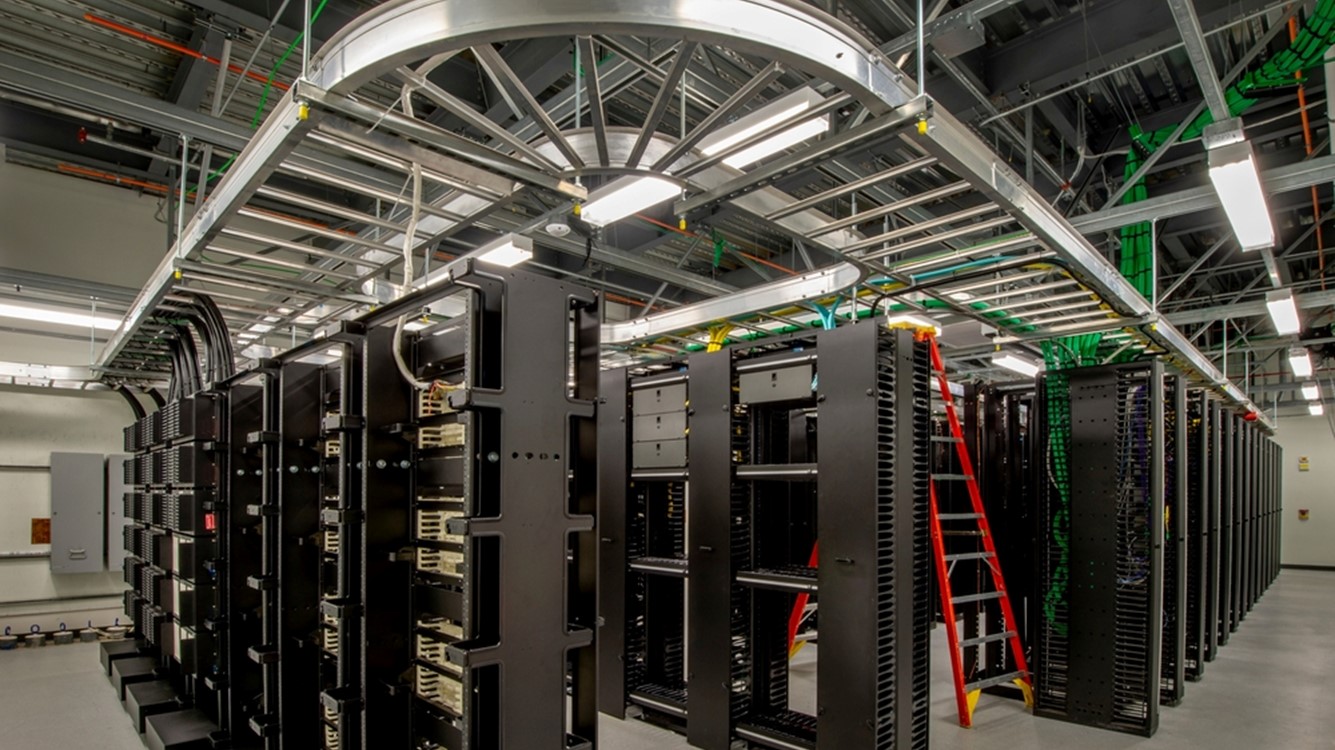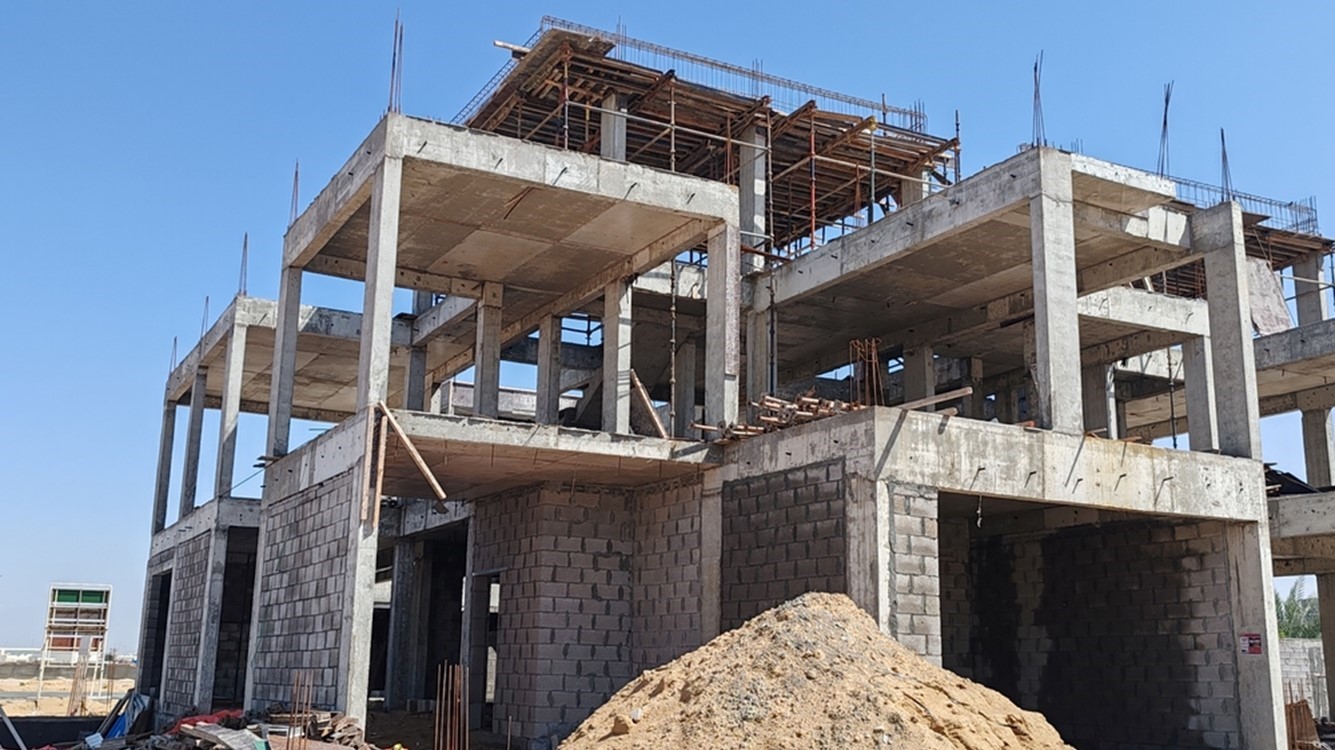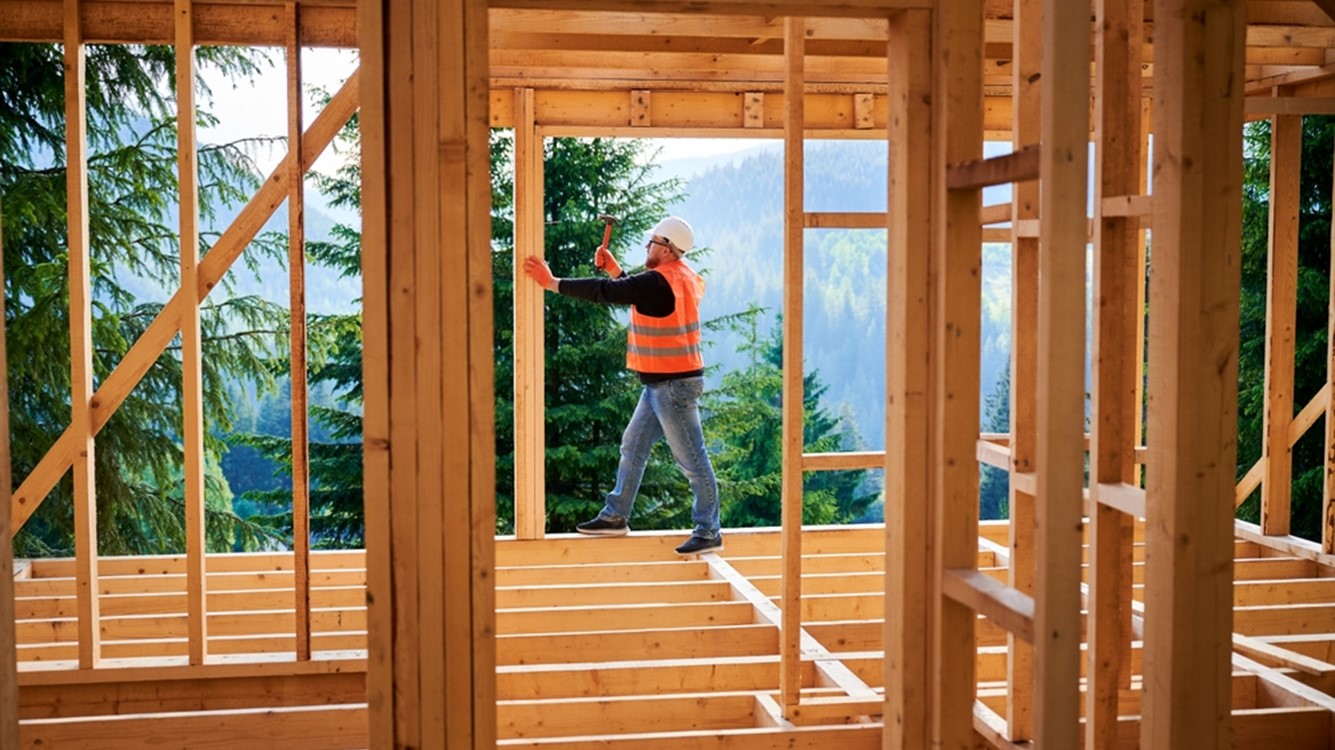August construction spending slowed
Supply shocks tend to compound rapidly.

October 2, 2024
Construction spending slipped 0.1% in August after July spending was revised lower. Spending remains 4.1% above year-ago levels, propped up by private manufacturing construction, data center construction and public infrastructure spending. Construction cost inflation has cooled considerably but remains about 30% above pre-pandemic levels. Costs of inputs to construction industries were only 0.1% higher than a year ago. The construction sector continues to hire at a pace faster than the overall economy; the unemployment rate for construction workers in August was 3.2%, the lowest August reading in the history of the series.
Private residential construction spending dropped 0.3% on lower spending for single- and multifamily construction. Multifamily remains 7.5% below year-ago levels while single-family has ticked up compared to last year. Builders are resuming single-family home construction with lower interest rates and expectations for increased demand next year; applications for permits are nearing one million again. There is a speed limit to how quickly builders can ramp up activity. In the height of the housing boom after the pandemic hit, only one million homes were being completed each year. As a comparison, 1.65 million homes were completed yearly during the height of the boom in the early 2000s.
Private nonresidential construction slumped 0.1% In August from a drop in spending on healthcare, educational, commercial and power infrastructure. Data center construction continues to hit new records, growing 57% compared to last year. There is a hurdle to ramping up, as electrical equipment shortages and power delivery delays weigh on projects.
Manufacturing of computer, electronic and electrical plants (chip and battery plants) rose another 24% in August compared to the same time last year. Construction spending on these plants is now six times higher than it was in November 2021, when the Infrastructure, Investment and Jobs Act was passed.
Public construction spending rose 0.3% on stronger spending for highways and streets, healthcare and public safety, mostly at the state and local levels. Tax revenues continued to rise in 2024 but fell short of plans, which could place a damper on government outlays in fiscal 2025. The good news is that the pipeline on many projects is still strong, funded by earlier windfall gains from tax revenues and COVID-era stimulus.
Supply chain bottlenecks due to the port strikes could derail construction gains in the fourth quarter.
Yelena Maleyev, KPMG Senior Economist
Bottom Line
Strong demand for computer chip and battery plant manufacturing, data centers, power infrastructure and housing are providing a floor under construction spending. Heightened uncertainty over election outcomes, geopolitical unrest and the pace of interest rate cuts is keeping some investment on the sidelines. Supply chain bottlenecks due to the port strikes could derail construction gains in the fourth quarter. Supply chains have become much more resilient, but the trifecta of supply side disruptions due to Hurricane Helene, port strikes and tensions abroad needs to be watched closely. Supply shocks tend to compound rapidly.
Explore more

July construction peters out
Construction is softening in the face of labor and financing challenges.

KPMG Economics
A source for unbiased economic intelligence to help improve strategic decision-making.

New home construction soars
Homebuilder sentiment remains cautious.
Subscribe to insights from KPMG Economics
KPMG Economics distributes a wide selection of insight and analysis to help businesses make informed decisions.
Meet our team
